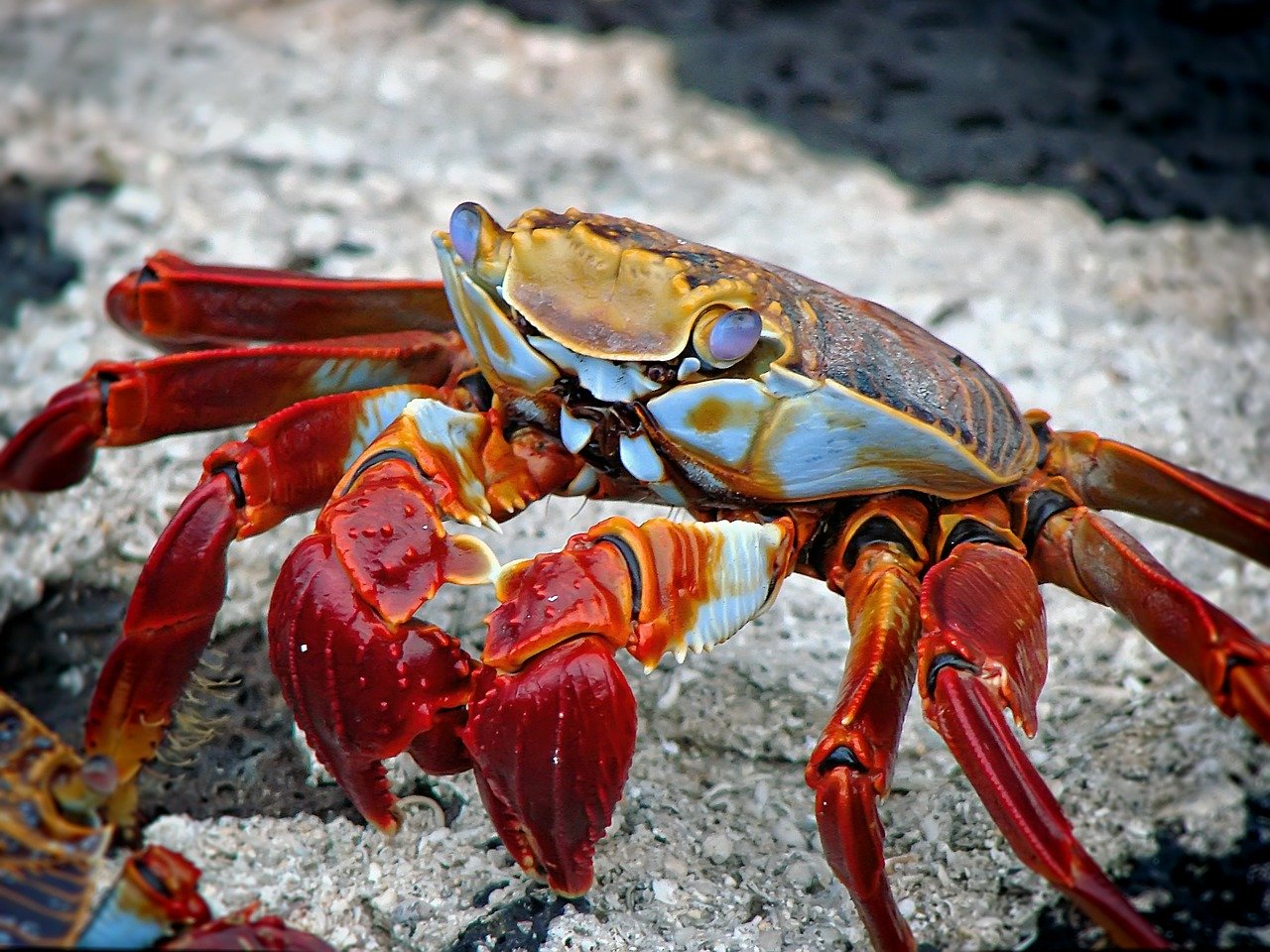In May 2019 researchers from Australia published the results of their study to assess whether different cooking methods can potentially change the levels of per-and poly-fluoroalkyl substances found in seafood. There is growing concern over these substances, which are man-made chemicals and found in a wide range of consumer products that people use on a daily basis daily such as cookware, household cleaning products, stain repellants, electronics manufacturing, etc. Most people have been exposed to these substances and certain per-and poly-fluoroalkyls can accumulate and stay in the human body for long periods of time. There is evidence that exposure to these substances can lead to adverse health outcomes eg increased cholesterol levels, with more limited findings being related to low infant birthweight, an adverse effect on the immune system, cancer and thyroid disease. Some of these substances can also accumulate in seafood and can contribute to dietary exposure. In this study, Blue Swimmer Crab (Portunus armatus), Dusky Flathead (Platycephalus fuscus) and School Prawn (Metapenaeus macleayi) were obtained from near a known source of per-and poly-fluoroalkyl substances and cooked with changes in their levels as a result of boiling, frying and baking being assessed. Results showed that of 23 per-and poly-fluoroalkyls assessed, perfluorooctanesulfonic acid was the most frequently detected substance. Levels of perfluorooctanesulfonic acid, perfluorohexane sulfonate and perfluorooctanoic acid in School Prawn were seen to effectively double after boiling, and the level of perfluorooctanesulfonic acid increased when the Dusky Flathead was baked. There was no significant difference in the level of perfluorooctanesulfonic acid when Dusky Flathead was fried, or when the Blue Swimmer Crab was boiled. Levels of perfluorohexane sulfonate and perfluorooctanoic acid in Blue Swimmer Crab were seen to halve after boiling. The researchers concluded that the increase in poly-fluoroalkyl substances may possibly be due to the mass loss during the cooking process.
Taylor MD et al. Do conventional cooking methods alter concentrations of per- and polyfluoroalkyl substances (PFASs) in seafood? Food Chem Toxicol. 2019 May;127:280-287

